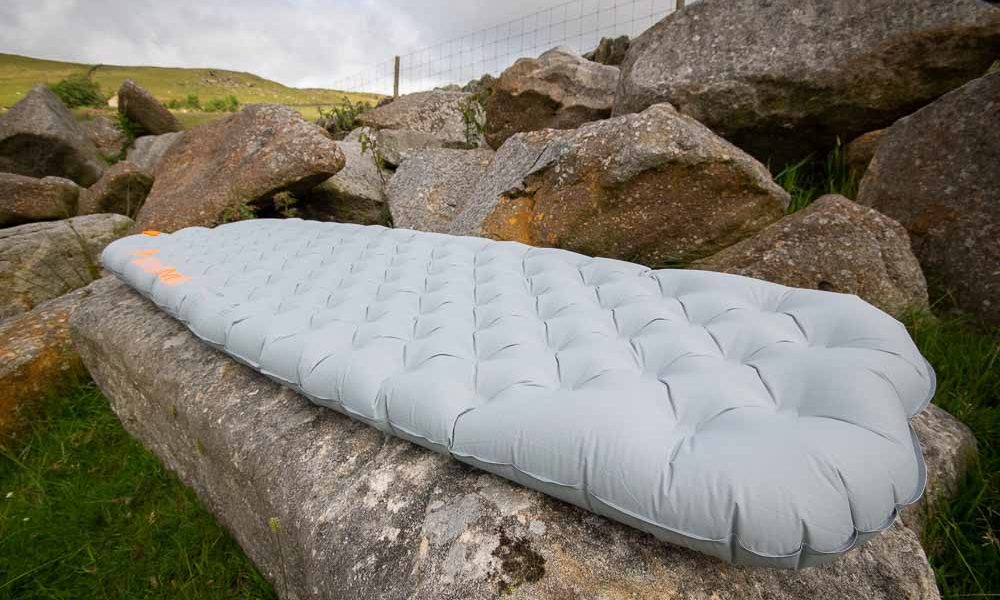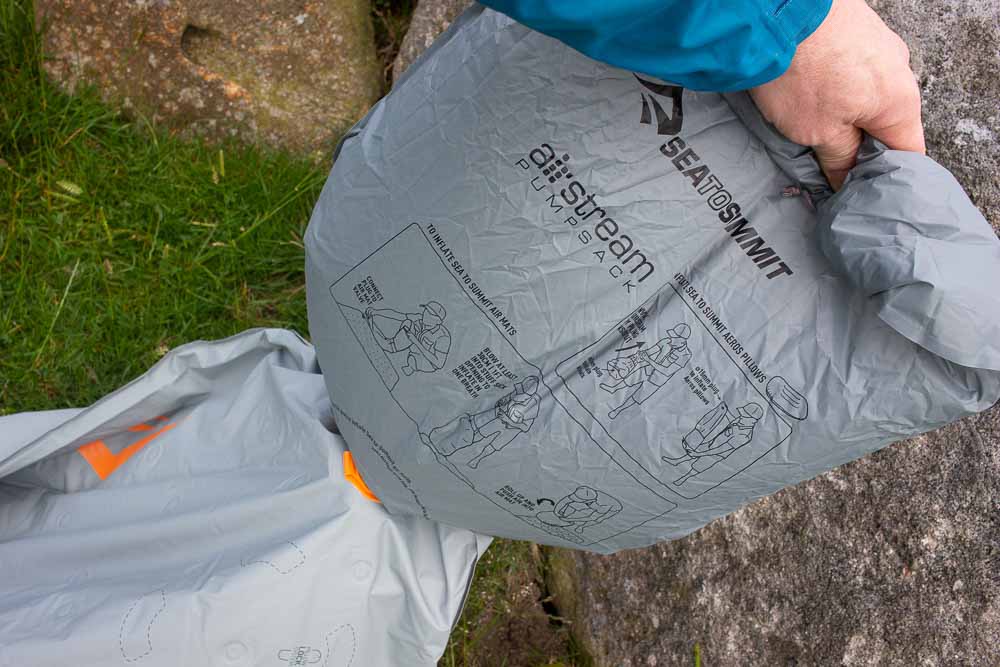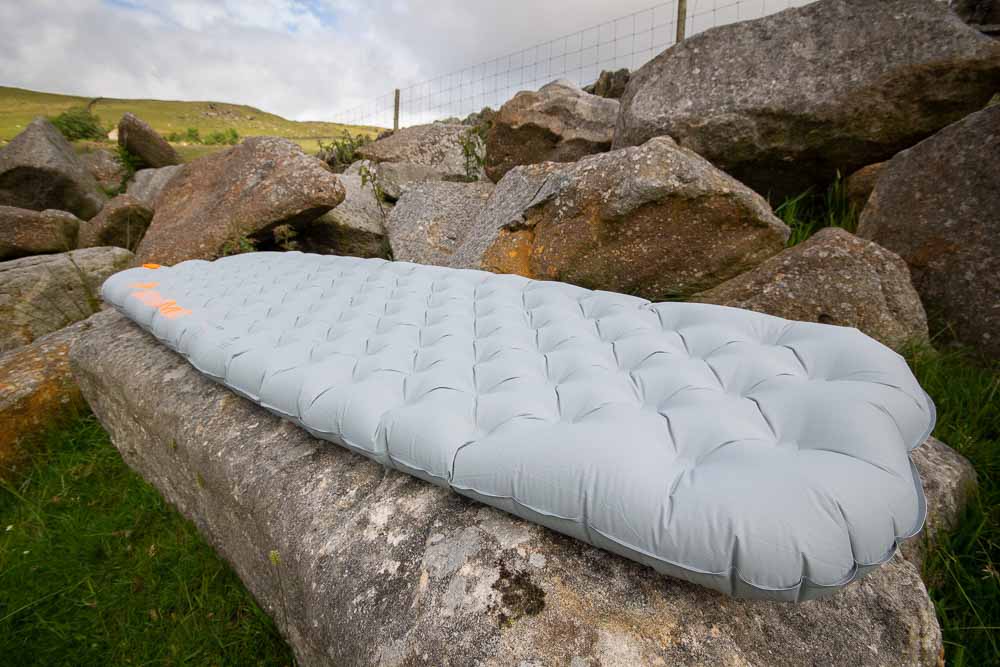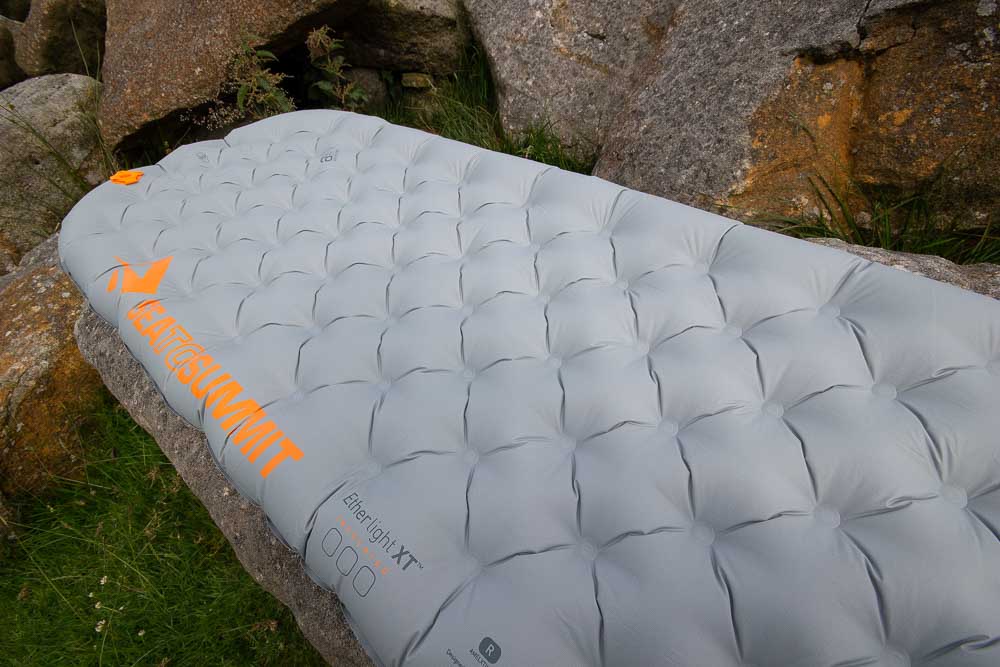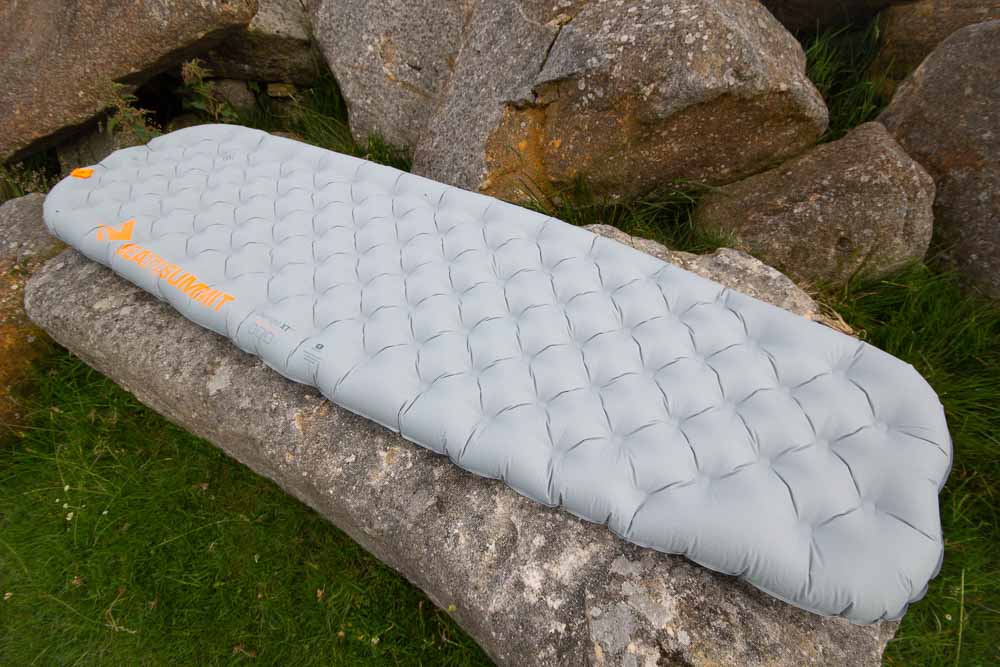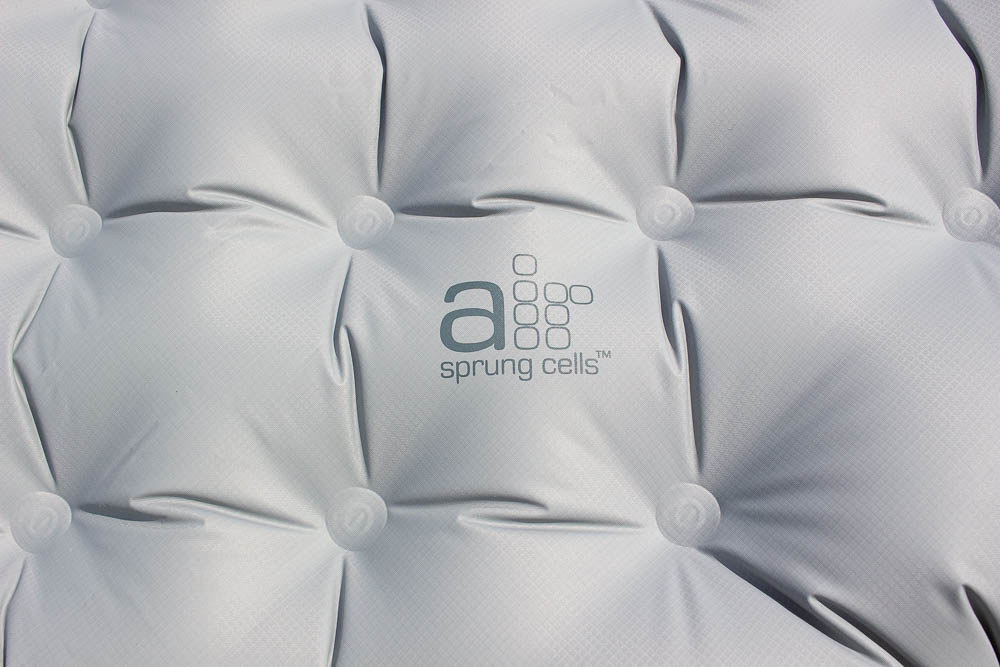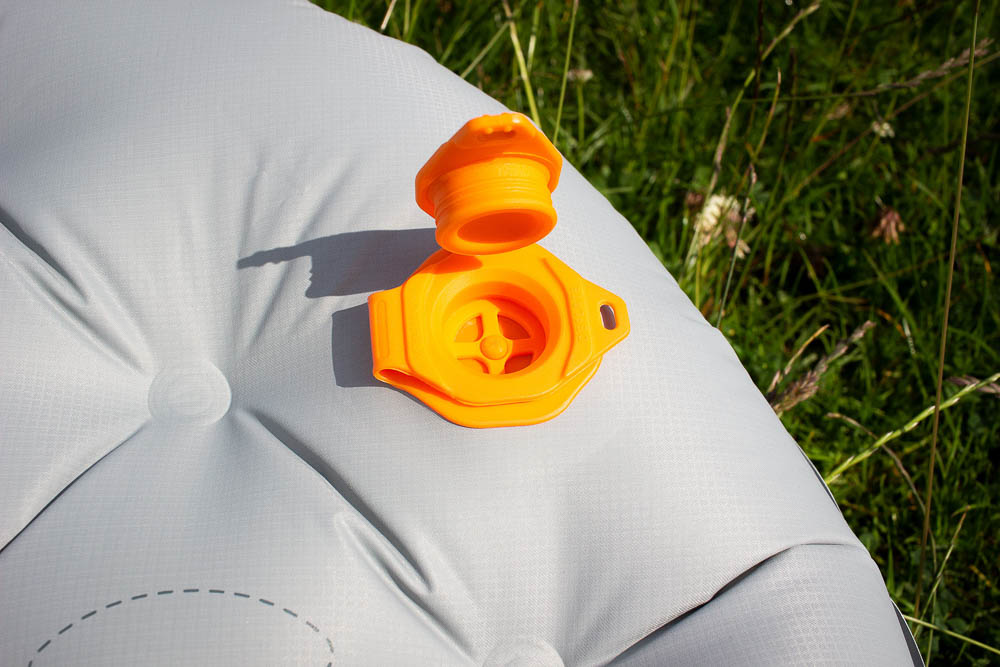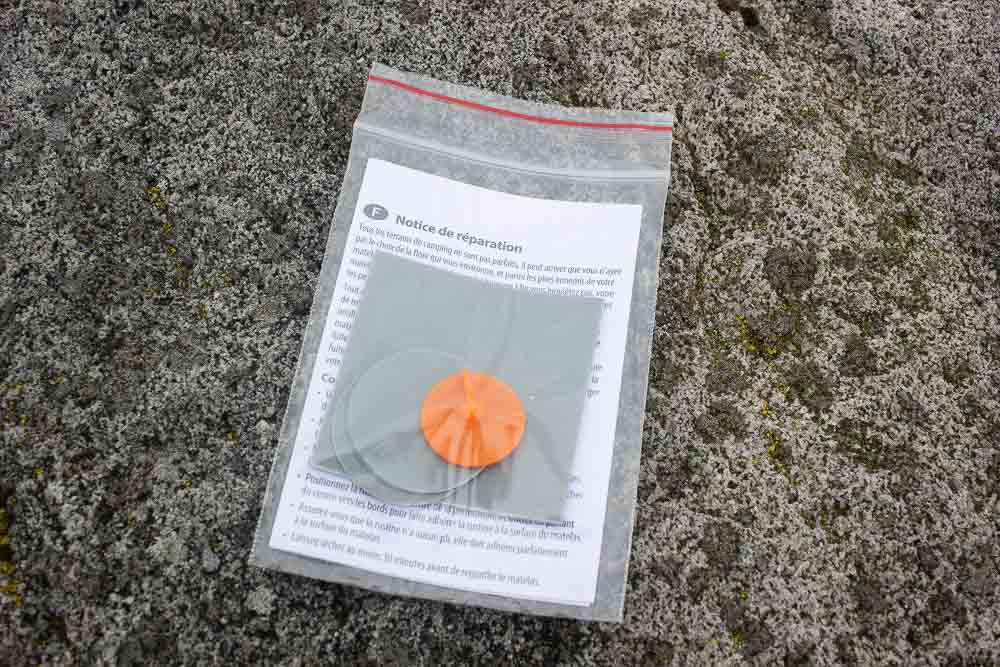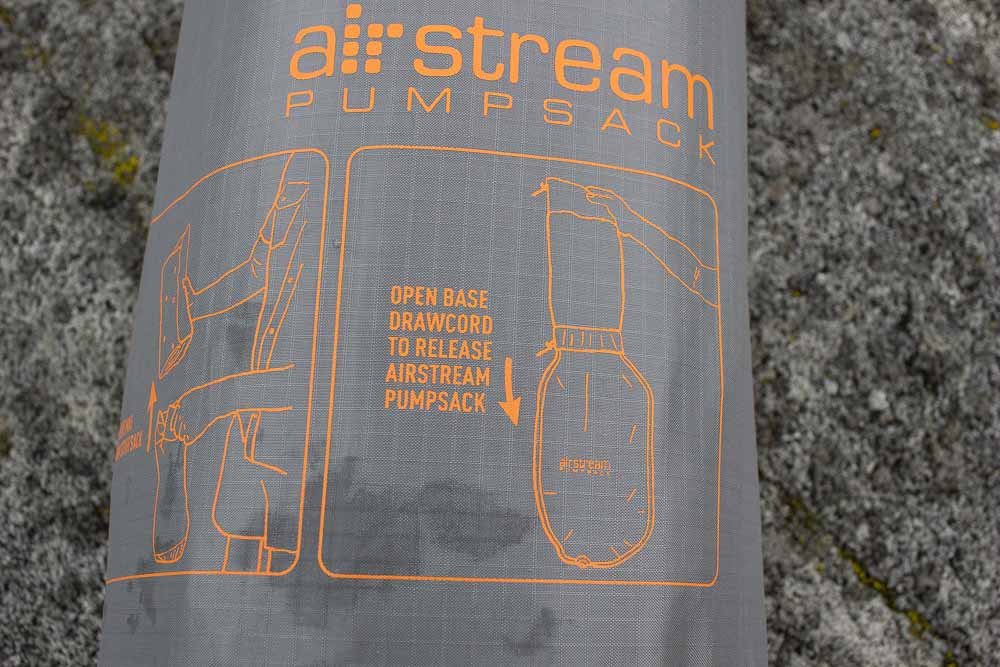Jon Doran tries out one of Sea to Summit's newest sleeping mats...
Sea To Summit’s sleeping mats are immediately recognisable because of the Air Sprung Cell construction. The idea is that instead of baffles to minimise air movement, the mats use interlinked air cells formed by linked welded dots. The claim is that they work like pocket spring mattress for added comfort and moulding to the body. They also look really distinctive.
It works pretty well with the ultra-lightweight versions – Alpkit’s Cloudbase uses a similar construction – but to make it effective for all-season use, Sea To Summit has added a combination of reflective Exkin Platinum metalised fabric to radiate heat back towards the body, and synthetic Thermolite fill to help trap warm air in place. That makes for a mat that weighs just 465g, but is 10cm thick and has a claimed R-value – a measure of insulation power – of 3.8. For perspective, there are outright warmer, lighter mats out there – the
Therm-a-Rest NeoAir XTherm is a claimed 430g with an R-value of 5.7 – but the combination of thickness and lightness is what makes the Ether Light XT insulated stand out.
Inflation admin
Inflating mats by direct mouth to valve application is very ‘last decade’ and Sea to Summit uses an ingenious stuff sack that doubles as a high-volume, low-pressure pump. You simply attach it to the mat’s air valve, blow hard enough to open up the bag, then roll it down to force the trapped air into the mat. It takes four bagfulls and about two minutes to inflate the mat. If you’ve ever had to blow up an inflatable pad at high altitude, you’ll appreciate that this is a very good thing, but if you’re anxious to save weight, you can ditch the bag, save around 70g, and simply use your lips. Once inflated, the mat is impressively thick and substantial for its decently light weight. You can adjust pressure easily by simply pressing down gently on the valve mechanism.
In use
The big plus of a thick mat like this, is that you have the leeway to adjust pressure low enough that there’s plenty of give, but still avoid contact with the ground. If you’re a side-sleeper like me, that’s a big plus over skinnier mats and I found it really comfortable particularly given its light weight. It’s also a nice compromise in size between lightweight minimalism and tent-crowding excess.
One feature I didn’t try was the Velcro-fastened integral pillow option which fastens in place using self-adhesive tabs which are supplied with the mat, but it makes a lot of sense on paper and should cure wandering pillow syndrome once and for all. Talking of which, there’s very little slippage between sleeping bag fabrics and the surface of the mat, which thankfully minimises that slow slide downward into the foot of the tent on any sort of gradient. What I can’t tell you reliably is how well it’ll cope with utra-cold conditions underneath and particularly glacial camping or use above the snowline, but the quoted R-value is squarely in the four-season range, so it should cope fine with year-round use in the UK and all but the most extreme conditions abroad. One other thing, some previous mats with reflective material incorporated in them, most notably first generation NeoAir mats, were very noisy in use with a distinctive rustling. The Ether Light XT Insulated however is very quiet, probably because the reflective medium is a metalised fabric rather than a metallic foil.
The pad feels decently tough using 30-denier and 40-denier fabrics, but comes complete with a repair kit both for the fabric and the valve inner mechanism, which is reassuring. The innards get an anti-microbial treatment to minimise any mould growth in use. So far I haven’t damaged it, but I’d suggest avoiding jagged rocks as with any inflatable mat.
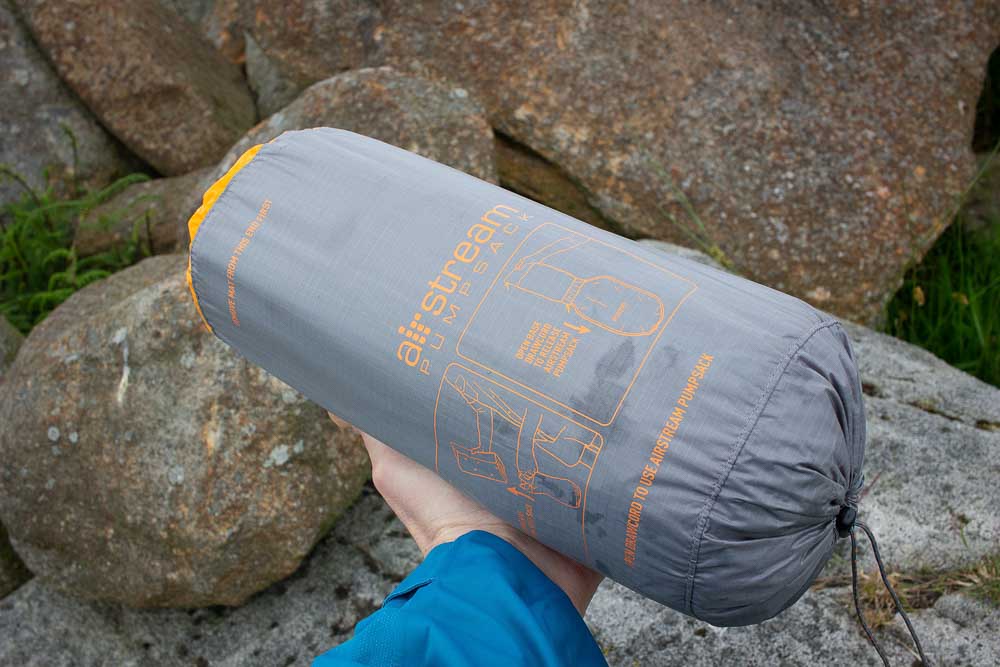
Verdict
At £175 the regular sized Ether Light XT Insulated is an investment – the small size retails for £170 and the large for £195 – but one definitely worth considering if you’re a regular camper or off on a big trip. It’s super easy to inflate and deflate, decently light and compact for easy toting, but impressively comfortable thanks to the high volume and 10cm thickness. Those air cells may or may not help – it’s hard to be 100% sure – but whatever the truth of it, the mat offers probably the best comfort-to-weight ratio of any air mattress I’ve used. Throw in an R-value insulation value that’s squarely in four-season territory and unless you’re an ultra-lightweight fanatic, it might just be the only mat you’ll ever need.
More info: www.seatosummit.co.uk


